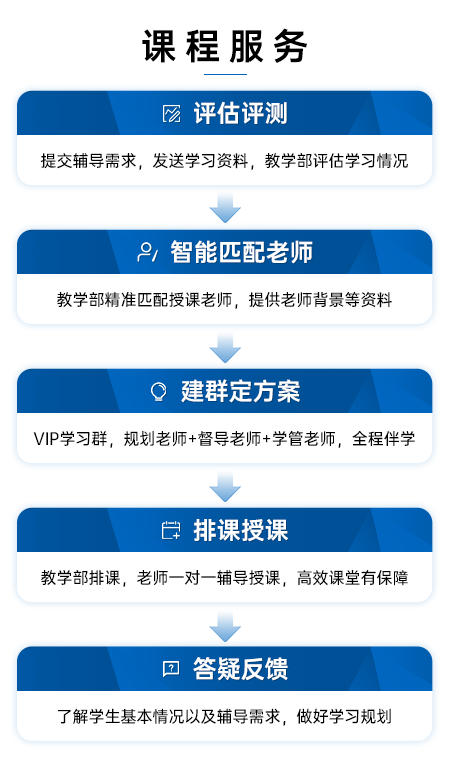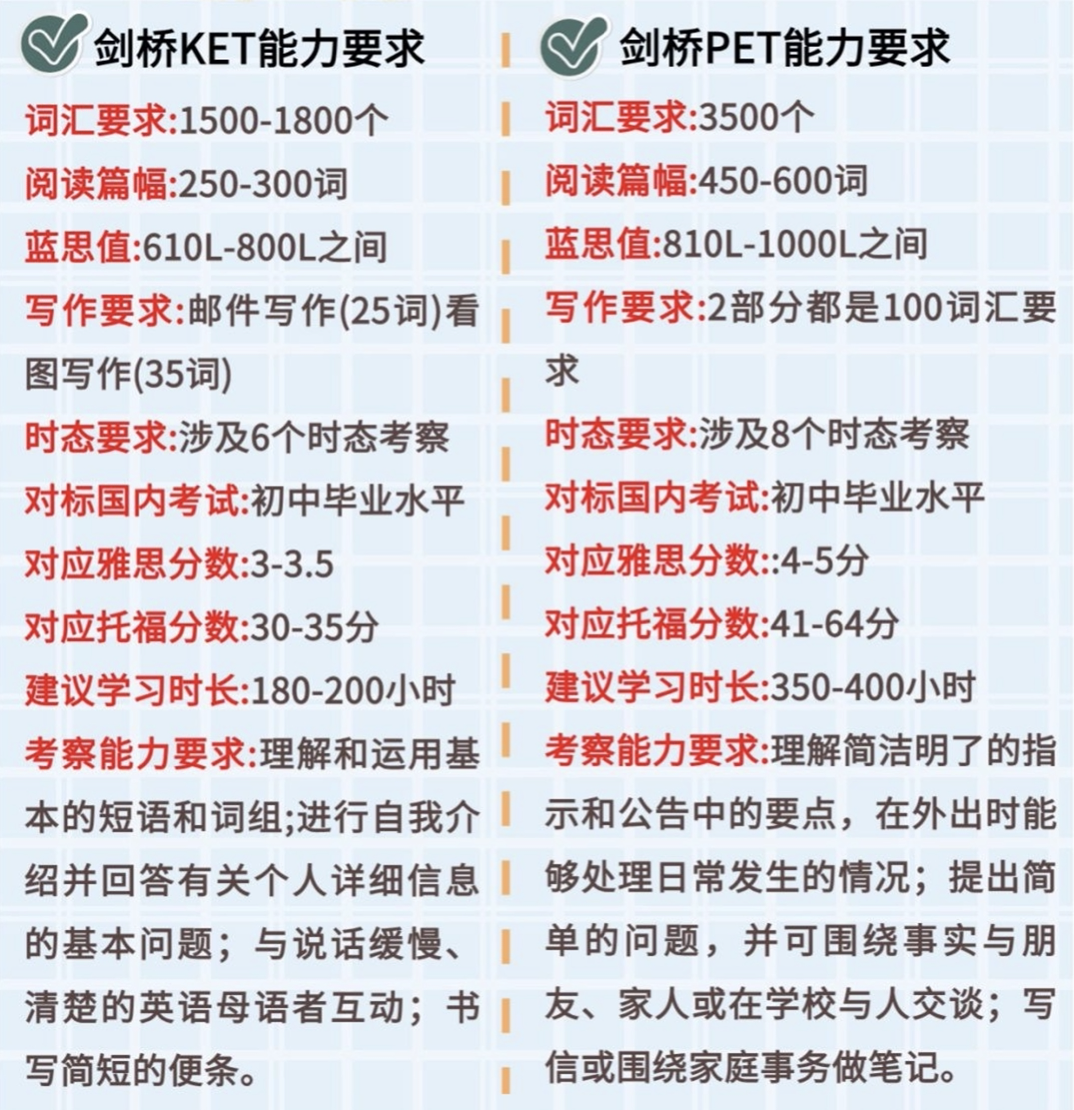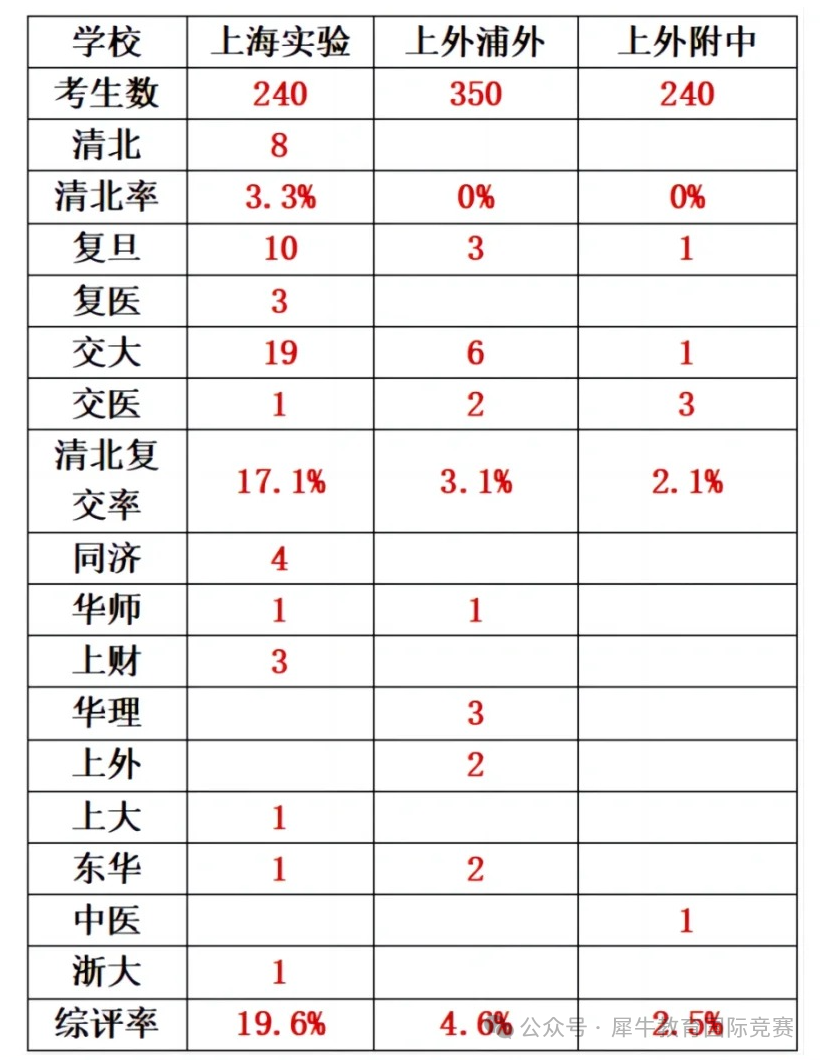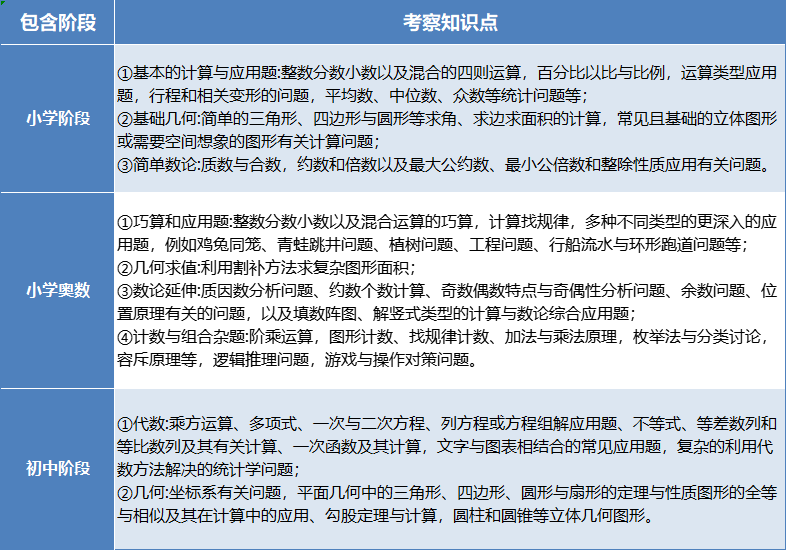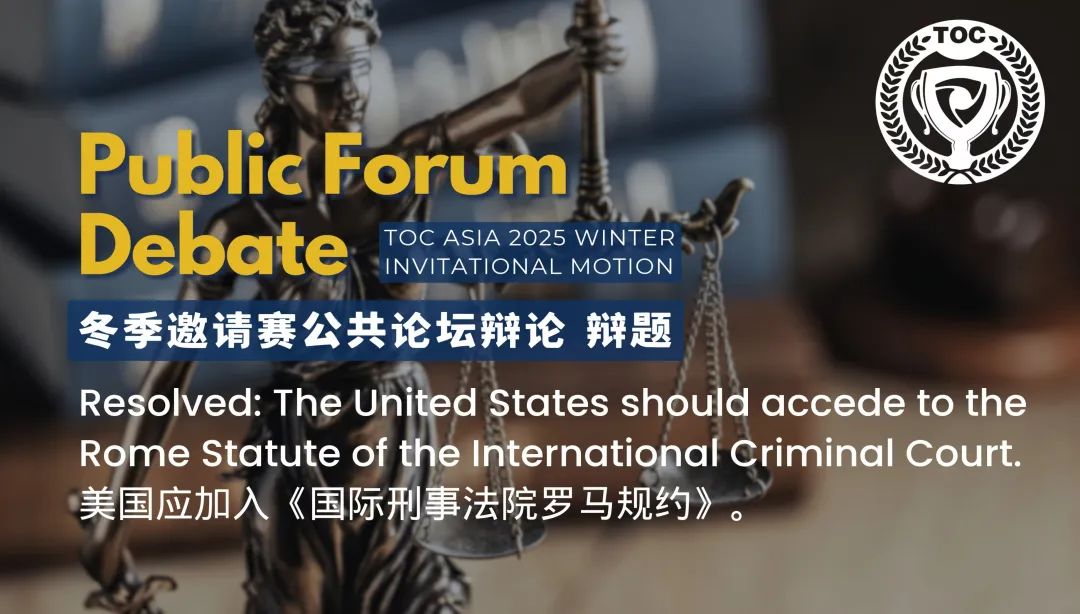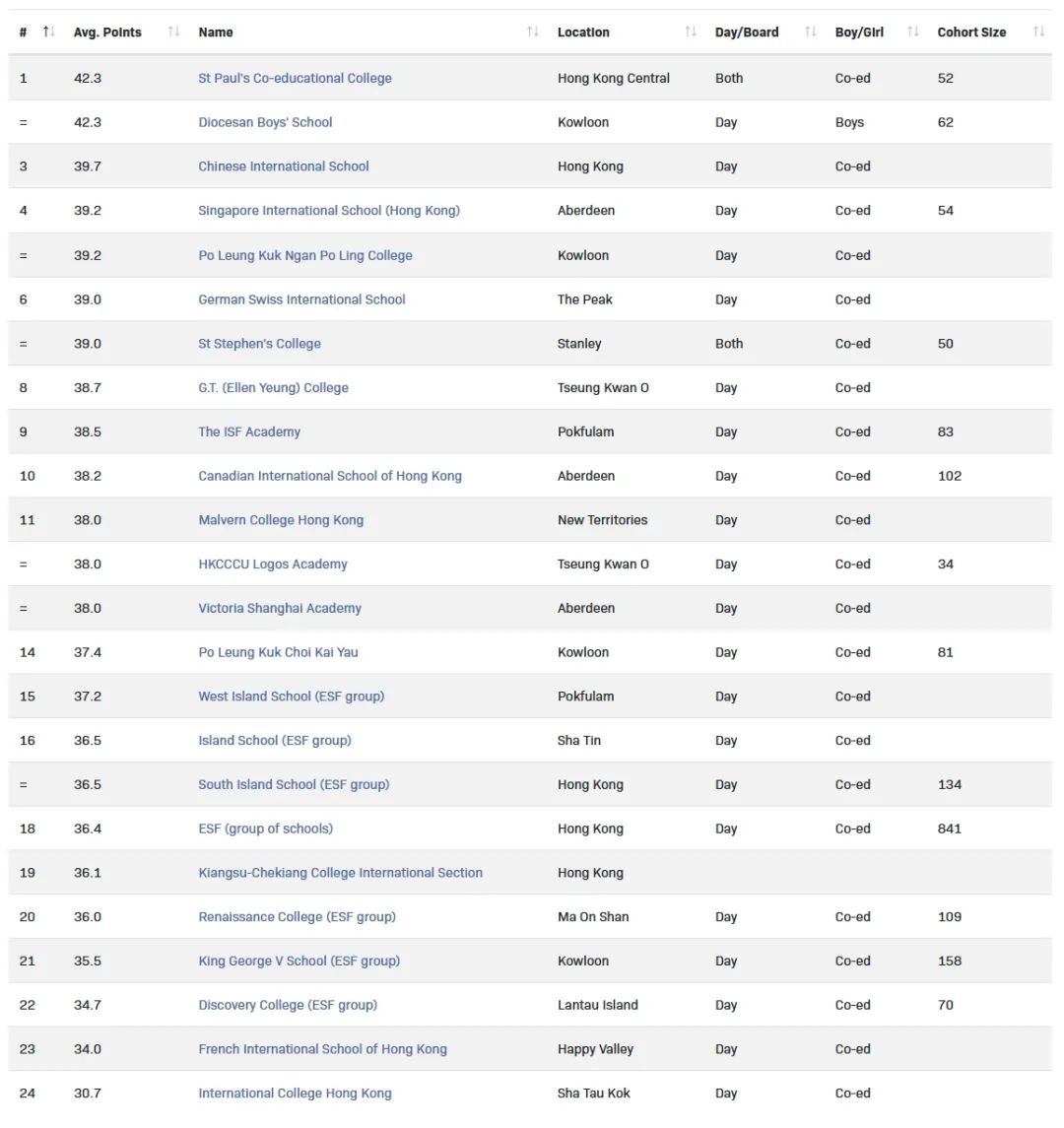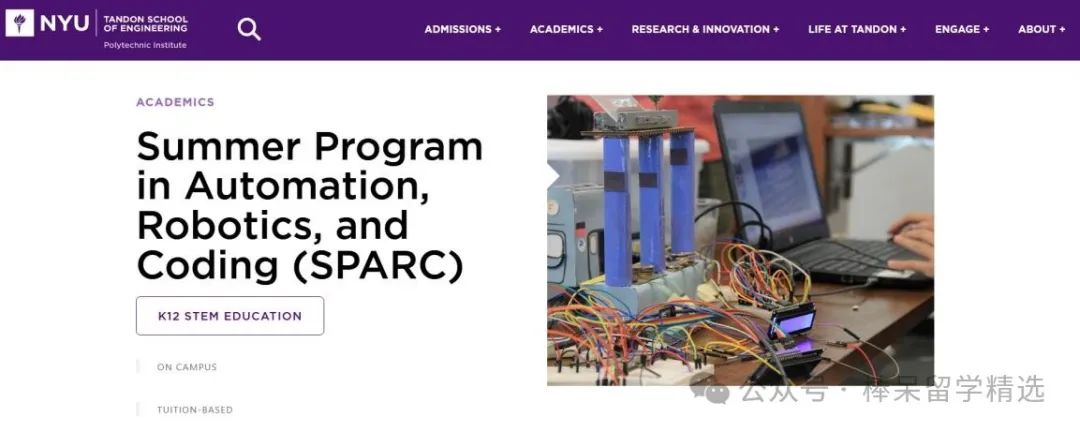今天我们为大家带来2024秋季常规赛PF辩题 Sample Case,从正反双方提供视角和思路,希望大家能够从中得到启发,打开备机构路~
接下来,让我们一起看看今天Sample Case的具体内容吧~

Sample Case
PRO
We affirm. Resolved: Cities in China should substantially increase their support for the adoption of autonomous vehicles.
Autonomous vehicles are defined by Garsteen in 2024 as: [a vehicle] equipped with technology that senses the conditions around it…”1
The framework for the debate should be cost benefit analysis. If the pro proves that China benefits more from cities increasing their support for AVs, we win.
Contention 1 -Auto Industry
A. Uniqueness
First, Sales. According to Kurtenbach on 8/9/2024:
Sales in July 2024 declined 5% versus the previous year.2
Second, Jobs. Global Data on 8/27/2024 wrote:
Quarter 2 job postings in the auto industry fell 51%.3
B. Links
First, Cities. KPMG in 2022 documented that:
Mass adoption of AVs will start in “select cities in China by 2030” and be “commercialized first in specific scenarios and limited areas and will be continuously expanded.” Sales of AVs are predicted to “exceed 50 percent of total vehicle sales by 2025.” 4
Second, Competitiveness. Floyd in 2022 stated:
The Chinese AV industry has been “playing catch-up” to the global competitors despite being the world’s largest AV market. 5
Third, Sales. Deichmann et. al. in 2023 found that:
Growing consumer demand for AV features and “willingness to pay them” will generate $300 to $400 billion in revenue. 6
Fourth, Commercialization. Floyd in 2022 said:
Local success with city licenses and tests “pave[s] the way on the regulatory front…to happen faster…” and will allow China to “move ahead in the race for [AVs]…because they’re quicker to commercialize.” 7
C. Impacts
First, Poverty- Wang Feng in 4/23/2024 argued:
The auto industry surpassed real estate as the “leading economic sector” with “output value of 11 trillion Yuan represent[ing] almost 10% of the country’s GDP.” 8
Additionally, according to Adams in 2003:
“A 10 percentage point increase in economic growth…will produce a 25.9 percent decrease in the proportion of people living in poverty.” 9
Furthermore, Goodman in 2021 stated that:
“About a quarter of China’s population is in poverty…” and “still had 600 million people whose monthly income was barely 1,000 yuan.” 10
Second, Mental Health- Worldmetrics.org in 2024 wrote:
“China's automotive industry employs over 50 million people, including manufacturing and related sectors.” 11
Consequently, a study by Tan et. al. 2024 found that:
increased unemployment rates increase anxiety and mental health problems. “Real-time emotional responses…to changes in unemployment rates, underscore[e] the interconnectedness of economic conditions and mental well-being.” 12
Third, US Hegemony bad- Wang Fang again on 4/23/2024 pointed out that:
China is now the world’s leading auto exporter, which is evidence of its “ability to compete at international level[s].” China’s auto industry “is positioned as [a] crucial element for economic growth and employment due to many economic sectors affected by automotive industry supply chain…” 13
Next, ZeroHedge in 2022 warned that:
the U.S. and China are in a race to control the global AV supply chain. If China loses, the U.S. wins. The auto sector would be another weapon in the U.S.’s arsenal of democracy. “China could effectively seize control of vital supply chains by seizing industrial prominence in…AV technologies, thus pushing the U.S. out of access to vital technologies.” 14
Finally, according to Street in 2018:
U.S. hegemony starts conflicts and wars around the world and is responsible for the death of millions. The international community has ranked the U.S. the #1 threat to peace in the world. Promotion of democracy provides cover for “install[ing] governments that ‘favor[ed] private investment of domestic and foreign capital, production for export, and the right to bring profits out of the country…’”. 15
Contention 2 -Accidents
A. Link
First, Levels. RoboticsBiz in 2021 wrote:
Level 0 and 1 automation could reduce 1/3 of accidents and deaths with forward and lane departure warning, side view assist, and adaptive headlights. Level 2 could shorten stopping distances and eliminate human error in breaking. Level 3 would significantly reduce collisions and fatalities by fully removing human control over all safety functions. Finally, Level 4 automation could reduce 1/3 of accidents and deaths caused by drivers under the influence of alcohol. 16
Second, Human Error. Maddox in 2018 noted:
AVs would reduce accidents caused by human error by 94%. 17
Third, Quantitative Reductions. Tan, et. al. in 2023 found:
AVs decrease fatalities in China around 5% in 2025, 16-17% in 2030, 38-52% in 2040, and 46%-75% in 2050. 18
B. Impact
First, Lives. Tan, et. al. in 2023 also said that:
On average, over 60,000 people die in China every year from auto accidents and are one of the leading causes of deaths globally. 19 AVs would save 1.3 million lives between 2015-2050. 20
Second, Economy. Tan, et. al. in 2023 concluded:
AVs would reduce economic costs associated with automobile accidents between 1.847-1.853 trillion USD from 2015-2050. 21
References
*完整内容扫描文末资料包二维码获取
Sample Case
CON
We negate. Resolved: Cities in China should substantially increase their support for the adoption of autonomous vehicles.
Autonomous vehicles are defined by Garsteen in 2024 as: having six levels of autonomy.1
The pro should have to defend all 6 levels. If we can prove that more harm would be created by cities in China increasing support for all the levels, we win.
Contention 1- Accidents
A. Links
First, Dusk & Turning. According to Abdel-Aty & Ding on 6/18/2024:
AVs increase the risk of accidents when driving at dusk by 5.25 times and when turning by 1.988 times due to the “lack of situational awareness” and “limited driving experience of AVs.” 2
Second, Rear-end Collisions. A study from Liu et. al. in 2021 found that:
AVs are 1.6 times more likely to be involved in rear-end accidents. 3
Third, Miles Driven. Clifford Law Offices in 2021 reported that:
“On average, there are 9.1 self-driving car accidents per million miles driven, while the same rate is 4.1 crashes per million miles for regular vehicles.” 4
B. Impact
Lives. Tan, et. al. in 2023 said that:
On average, over 60,000 people die in China every year from auto accidents and are one of the leading causes of deaths globally. 5
Contention 2- Jobs
A. Link
First, Ride-Hailing. Mao on 7/24/2024 pointed out that:
“The number of drivers engaged in the taxi industry is enormous, and their livelihoods are directly affected.” There are around 7 million daily active drivers and over 100 million registered. 6
Second, Truck driving. Everly in 2017 warned:
Autonomous trucks would “come at [the] economic costs” of more than 16 million jobs. 7
B. Impact
First, mental health. A study by Tan et. al. 2024 found that:
increased unemployment rates increase anxiety and mental health problems. “Real-time emotional responses…to changes in unemployment rates, underscore[e] the interconnectedness of economic conditions and mental well-being.” 8
Second, Economic Growth. Jingtong in 2023 argued:
“Maintaining a high level of employment is crucial for driving economic growth…” because it “deepen[s] supply-side structural reforms and accelerat[es] transformation and upgrading.” 9
Contention 3-
Cities Bad, National Better
A. Cities Bad.
First, Standardization. Yang in 2023 said:
Cities trials mean there are “a lack of consistent standards….there’s no standard on how safe the tech needs to be…”. 10
Second, Adoption. Patternson in 2023 argued that:
“Navigating the regulatory labyrinth constitutes another significant barrier. The lack of standardised regulations for testing and deploying autonomous vehicles poses a challenge to seamless expansion.” 11
B. National good.
First, Comprehensive. Butts in 2023 stated:
City demonstrations “differ in terms of what technologies are allowed…” and that “mass adoption of [AVs] calls for more comprehensive policy measures and a legal infrastructure…”. More specifically, L3 and L4 stages raise significant liability questions that national regulation would better address. 12
Second, Standardization. According to McKinsey & Company in 2023:
China needs comprehensive national strategies for AVs that standardize regulations for the industry. 13
Finally, National Results in City. McKinsey & Company in 2023 concluded that:
“The central government sets an agenda for local governments, which is implemented through pilots.” 14
References
辩题公布时间线

2024 NHSDLC秋季常规赛比赛场次正式公布!报名全面开启!










